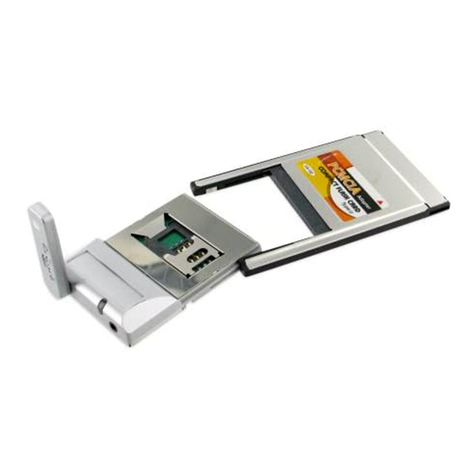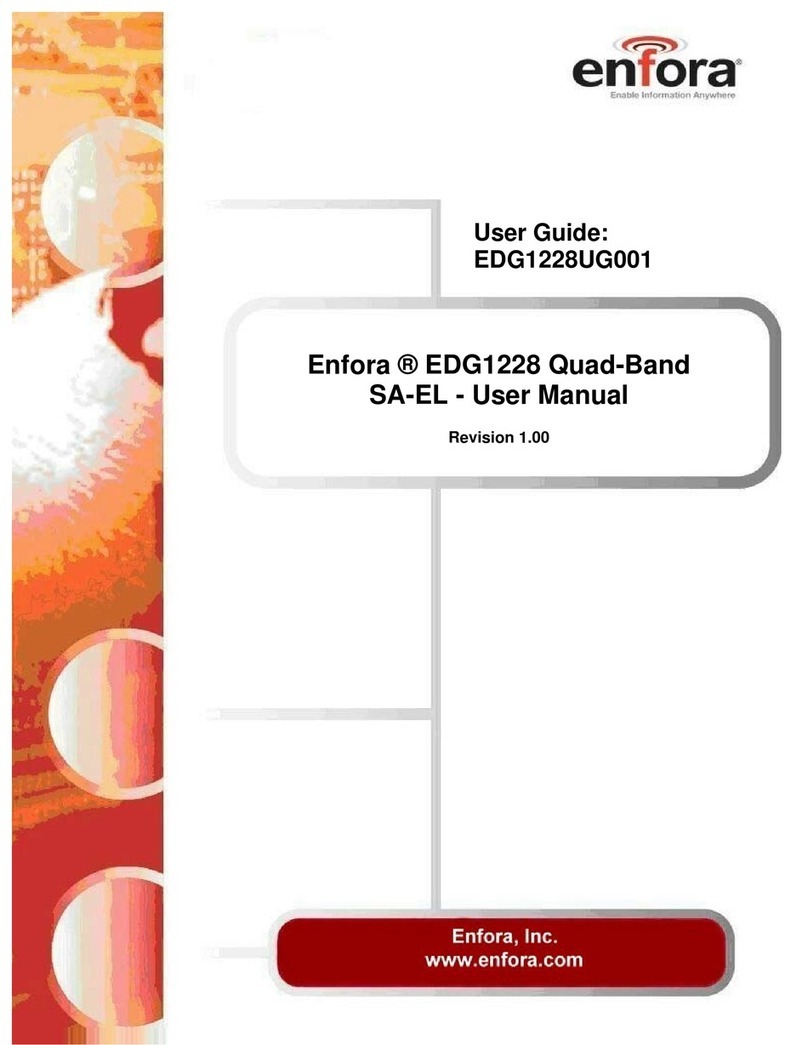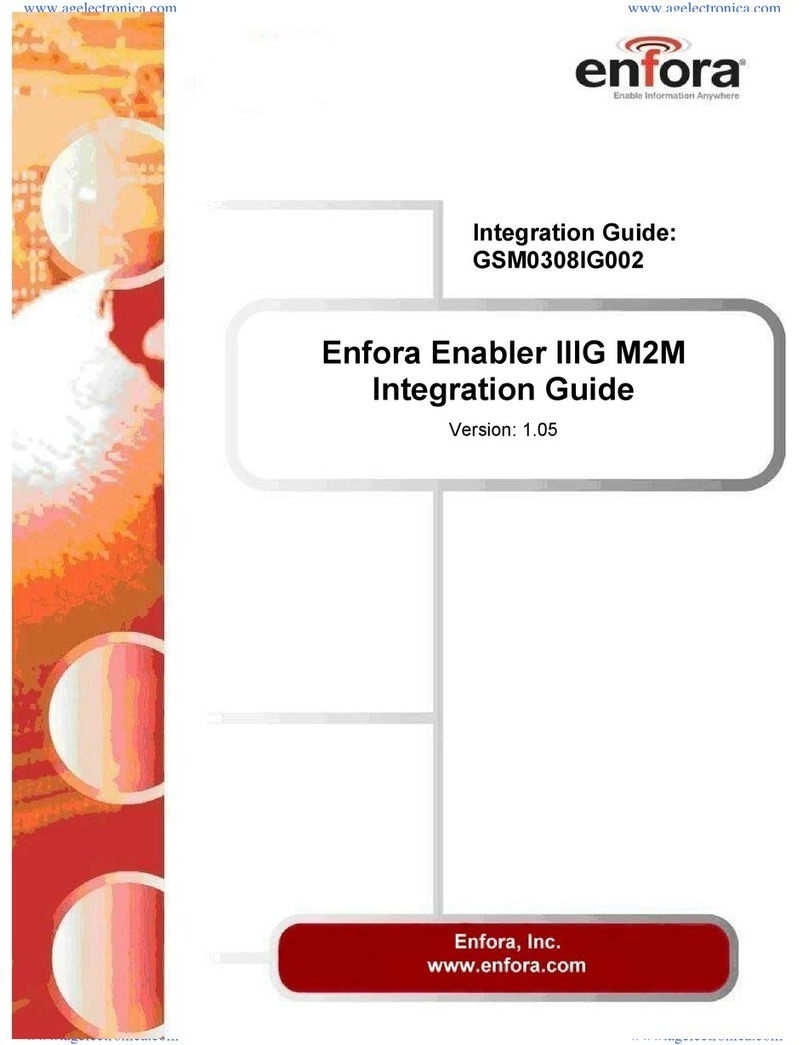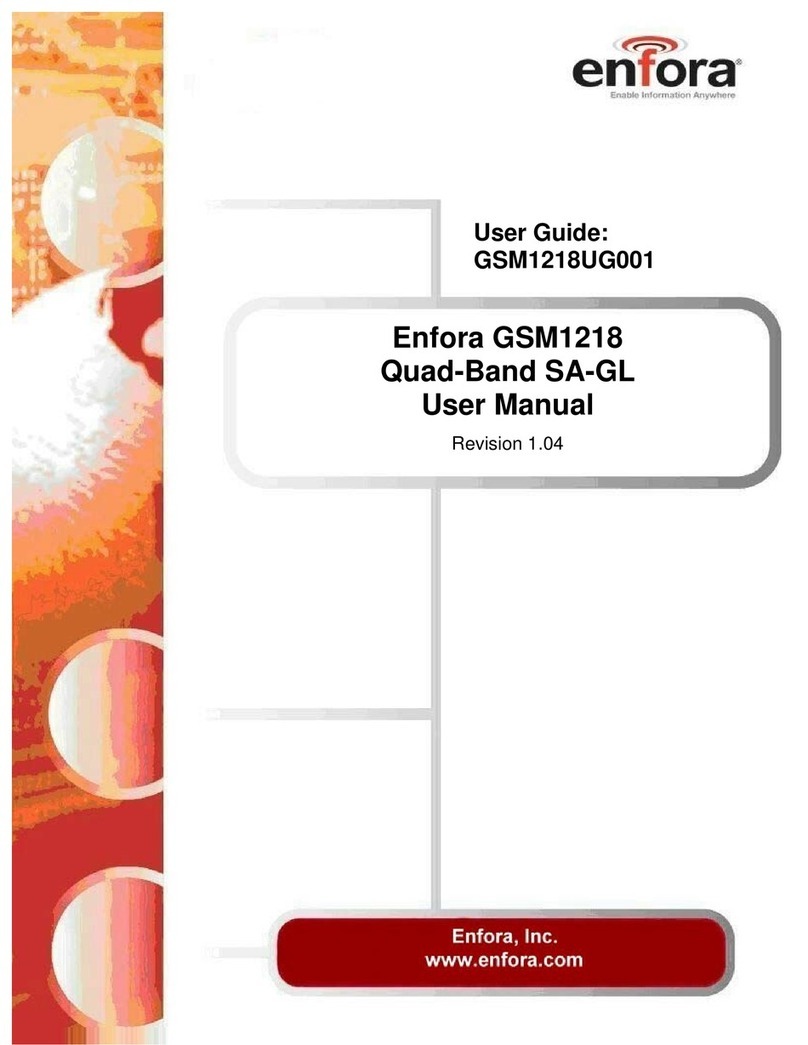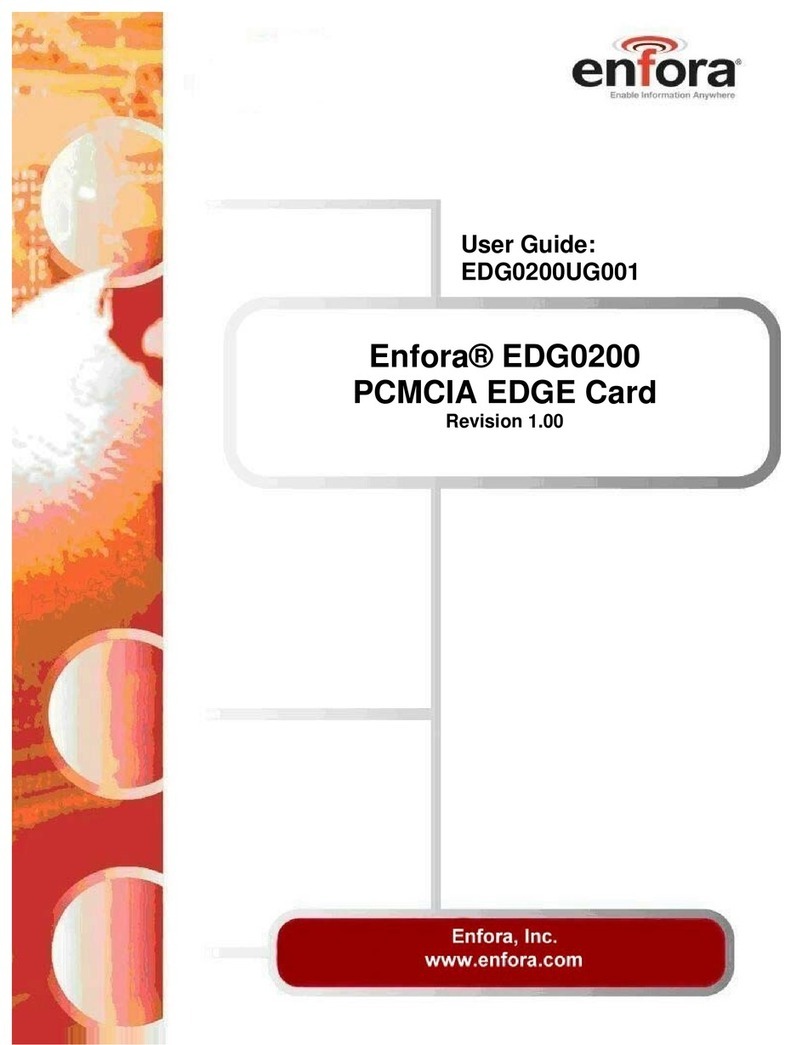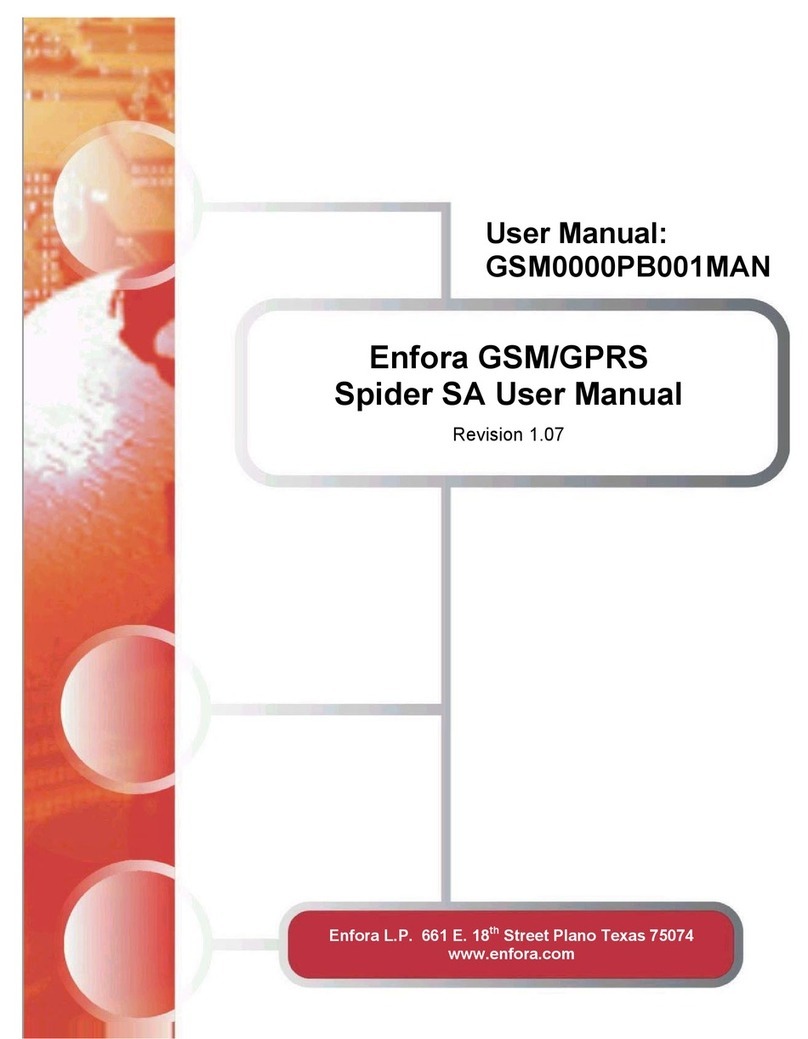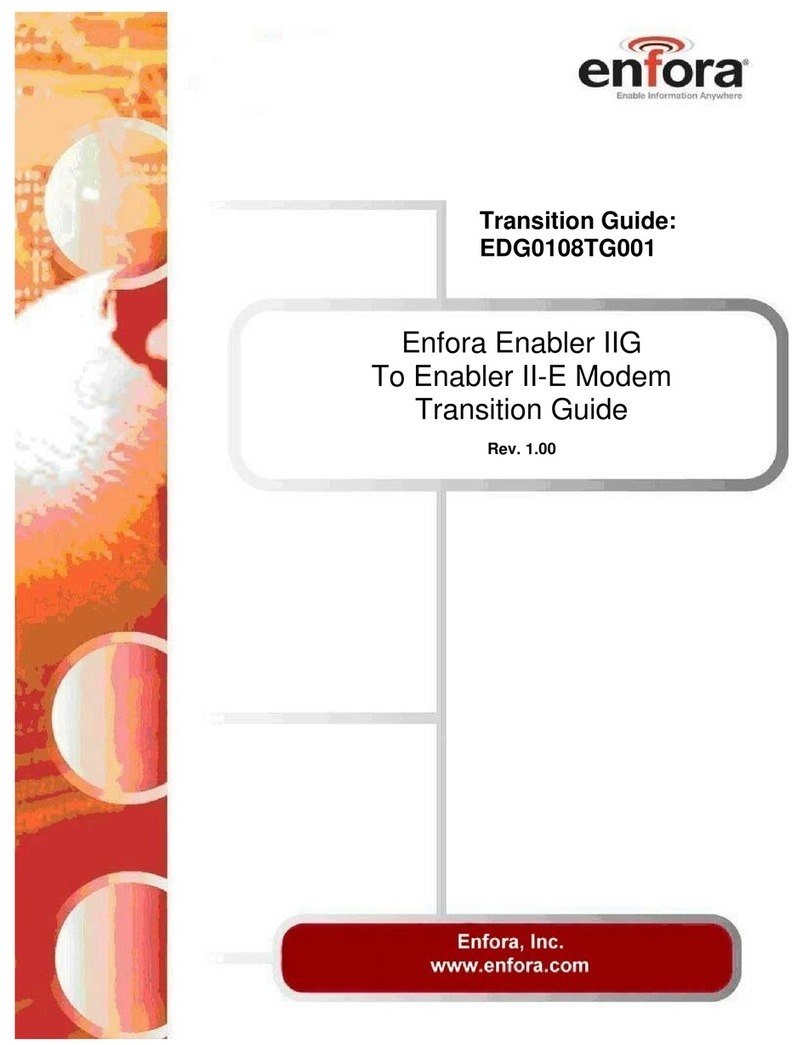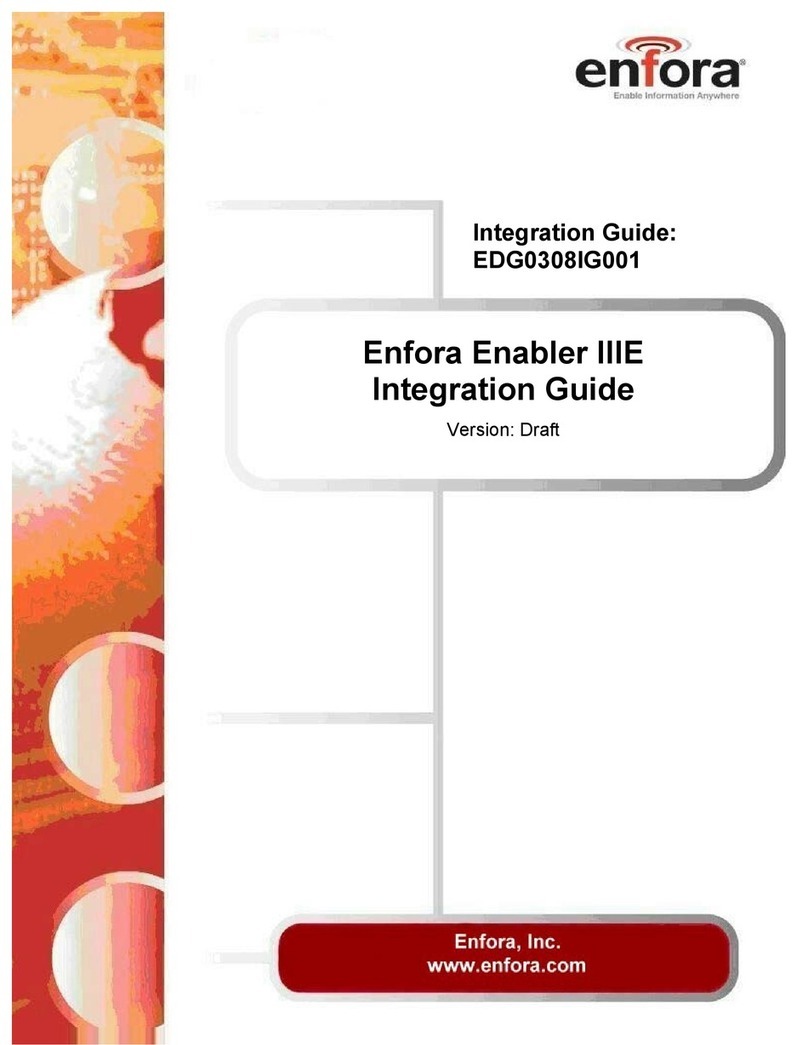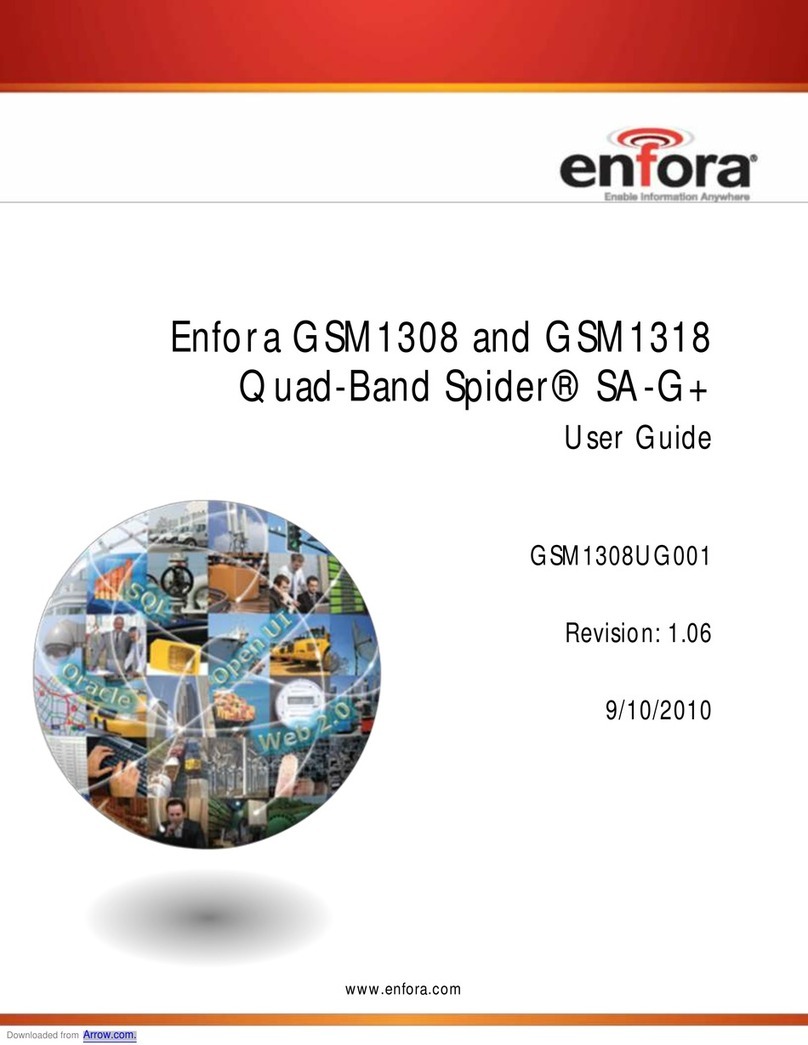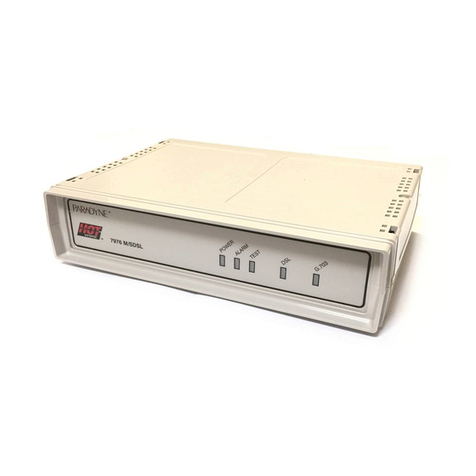
Integration Guide
Version 1.11
1.0 Safety Precautions .................................................................................................... 4
1.1 Important Safety Information .............................................................................................. 4
2.0 Regulatory Compliance FCC......................................................................... 4
2.1 Integration Considerations and Installation Requirements................................................. 4
2.2 Disclaimer ........................................................................................................................... 6
3.0 Manual Overview ........................................................................................................ 7
3.1 Revision History.................................................................................................................. 7
3.2 Reference Documents........................................................................................................ 9
4.0 Introduction ...................................................................................................................... 11
4.1 Product Overview ............................................................................................................. 11
4.2 Key Features of the GSM/GPRS OEM Module................................................................ 11
4.3 Providing Multi-Band Operation........................................................................................ 12
4.4 Wireless Data Application Possibilities............................................................................. 12
4.5 GSM/GPRS System Overview ......................................................................................... 13
4.6 Summary of the Features for the Enfora Enabler-G Radio Module ................................. 15
5.0 Technical Specifications ................................................................................... 16
5.1 Enabler-G Module Block Diagram .................................................................................... 16
5.2 Detailed Product Specifications........................................................................................ 17
5.3 Operating Power............................................................................................................... 18
6.0 Physical Interfaces.................................................................................................. 20
6.1 Physical Layout ................................................................................................................ 20
6.2 Pad Locations in Relationship to Holes for Mounting Enabler Module ............................ 22
6.3 Hole Pattern of Enabler Module in Relation to Connector Pad Locations on Customer
PCB .................................................................................................................................. 23
6.4 Connectors ....................................................................................................................... 25
6.5 Electrical Interfaces .......................................................................................................... 27
6.6 I/O Signal Connector on the Enfora Enabler-G Module ................................................... 28
6.7 Control Connector Signal Descriptions and Functions..................................................... 29
6.8 Subscriber Identity Module (SIM) Carrier ......................................................................... 36
7.0 Modes of Operation................................................................................................ 38
7.1 Enabling the Transmission Modes for the GSM/GPRS Services..................................... 38
7.2 Voice Communication....................................................................................................... 38
7.3 Circuit-Switched Data ....................................................................................................... 38
7.4 SMS: Short Message Services......................................................................................... 39
7.5 SMS Features Supported by the Enfora Enabler-G Module ............................................ 39
8.0 SIM Operation............................................................................................................... 40
8.1 Provisioning the SIM......................................................................................................... 40
8.2 GSM Services Supported by the Enfora Enabler-G Module ............................................ 40
8.3 GPRS Services Supported by the Enfora Enabler-G Module .......................................... 40
8.4 Selecting the Modes of Operation .................................................................................... 41
9.0 Software Interface.................................................................................................... 42
9.1 Software Interface ............................................................................................................ 42
9.2 Format for the AT Commands.......................................................................................... 42
9.3 Enfora AT Command Set ................................................................................................. 42
9.4 Enfora Packet Application Programming Interface........................................................... 43
